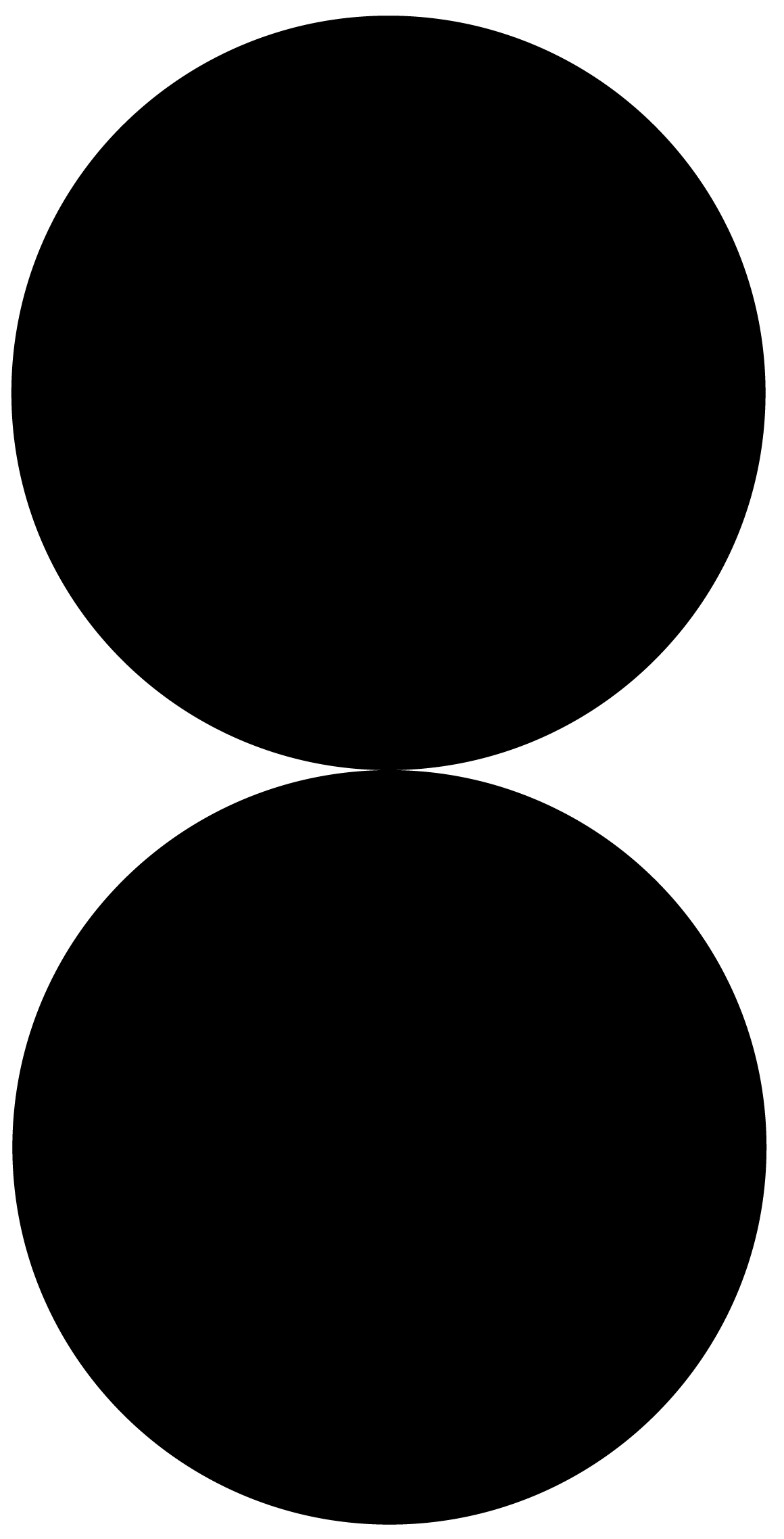Utopia Forever
Strawn Sierralta's "Lake Effect", part of the History Channel's "City of the Future" project, is included in Gestalten's book focused of futuristic urban designs.
Authors collected forward-looking projects from around the globe including the offices of Atelier Van Lieshout (Netherlands), BIG / Bjarke Ingels Group (Denmark), Crab Studio / Peter Cook & Gavin Robotham (UK), Greg Lynn FORM (USA), HWKN (USA), Howeler+Yoon (USA), JDS Architects (Denmark), MVRDV (Netherlands), MIT Senseable City Lab (USA) and WorkAC (USA).
“Whether created by established architects and artists or new talents, the examples in Utopia Forever are important catalysts for fundamental change and are radically shaping our notions of life in the future. The current projects and concepts from architecture, city planning, urbanism, and art collected here point beyond the restrictions of the factual to unleash the potential of creative visions. This inspiring work explores how current challenges for architecture, mobility, and energy as well as the logistics of food consumption and waste removal can be met.”
AUTHOR'S DESCRIPTION
Lake Effect envisions the city of Chicago a century from now.
In the future, cities will survive thanks to, and in balance with, the natural environments that surround them. Chicago's proximity to Lake Michigan, one of the largest bodies of fresh water in the world, provides large populations with clean water, renewable energy, and expansive waterfront living. Chicago will have developed into a poly-centric region where inhabitants live in multiple, interconnected, super-dense centers.
Energy-harvesting skyscrapers will join the skyline over Lake Michigan.
A renewable grid of floating, mile-high towers on Lake Michigan will collect, convert, and store hydrogen to generate 75% of the region's energy needs. The lake will provide a secure location for Chicago's hydrogen infrastructure (CH2), as well as, provide a location close to the city for the practical distribution of stored energy.
Multi-use, ecological skyscrapers will become the predominant typology on land. Buildings will produce 25% of their own energy, offer 10% of their floor plans to planted open space, treat their own sewage, and act as city-scaled air filters.
In 2106, Chicago's population is predicted to have tripled in size and diversified even more.
"Super density" will free up space for natural ecosystems to be restored. Former urban areas and brownfield sites will be reclaimed for co-op farms, wetlands, and wilderness preserves. Open space and new green corridors will create a network across the region. Green piers will stretch out along the shoreline and new human-made waterways, and water boulevards will expand waterfront living opportunities. In 2106, the inhabitants of Chicago will carefully monitor everything they consume, while producing their own energy and maintaining a level of zero waste consumption.




